For those in the know, the month of June means a plethora of auctions, hosted by some of the most prestigious London auction houses.
This year, it was extremely rare signed jewellery pieces that secured the most furious bidding, with many reflecting the importance of family heirlooms passed down from one generation to the next.
2018 appears to be the year of the tiara and the brooch, with both types of jewellery fetching sale prices far above their pre-sale estimates at the Christie’s and Sotheby’s London sales.
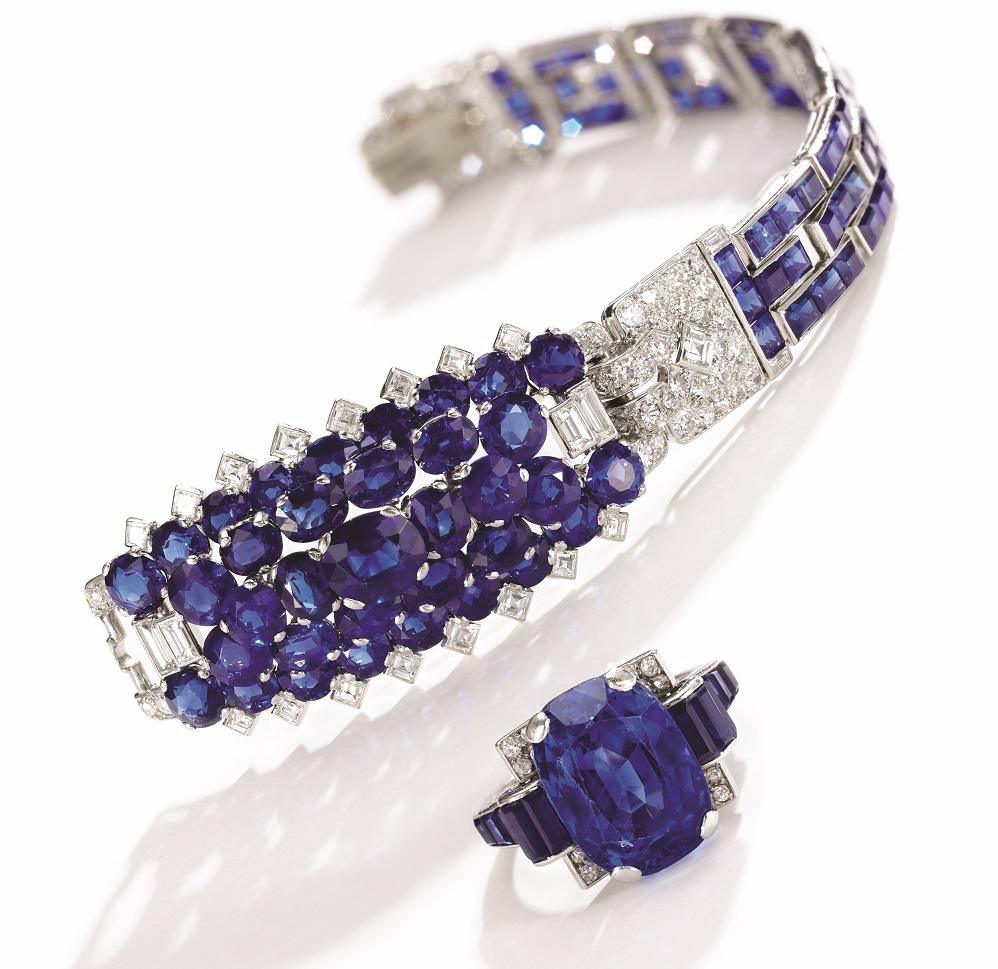
What makes a piece of jewellery collectable? Rarity is perhaps the most important condition for a piece of jewellery to become an investment, followed by its intrinsic beauty. Jewellery from certain periods do better than others. Art Deco pieces saw exceptional demand at the auction sales, as collectors are captivated by the unique, often geometric designs of that era.
Another popular era for investment jewellery is the Belle Époque, a period of optimism before the First World War. Signed, or branded, jewellery is more collectable than unbranded pieces, with certain houses particularly sought after, namely Cartier and Van Cleef & Arpels.
Related Blogs: The 10 Most Popular Jewellery Designs that Continue to Sell
Kristian Spofforth, head of the sales department at Sotheby’s in London, commented: “Items with royal provenance always perform well and with attractive estimates the pieces from the collection of King Farouk were no exception: great pieces achieve great results.”
Spofforth was referring to a selection of items formerly in the collection of Egypt’s King Farouk, which achieved big multiples of their pre-sale estimates at Sotheby’s sale on June 6.
Related Blogs: Bridal Jewellery Trends Inspired by Prince Harry and Meghan Markle
A diamond brooch by Van Cleef & Arpels, formerly in the collection of King Farouk, which was designed as a bird perched on a coral branch, garnered a hammer price of £10,000, soaring above a pre-sale estimate of just £700-£1,500 (see picture below).
How has the royal wedding influenced jewellery demand? Heirlooms such as tiaras have outperformed in the secondary market this year, helped no doubt by the fact that the Duchess of Sussex, Meghan Markle, wore a diamond tiara at her wedding to Prince Harry.
At the Christie’s London sale on June 13, a star lot was a Belle Époque diamond tiara, offered with an extraordinary provenance and formerly the property of HRH The Crown Princess of Yugoslavia and from the collection of the Princes of Orléans Braganza.
With an estimate of £140,000-£210,000, this noble jewel saw competitive bidding and sold for £344,750.
Related Blogs: All that Glitters: Red Carpet Jewels from the Cannes Film Festival 2018
The sale presented a further selection of tiaras, which achieved outstanding results, including a late 19th century emerald and diamond tiara, with an estimate of £70,000-£90,000, which sold for £224,750.
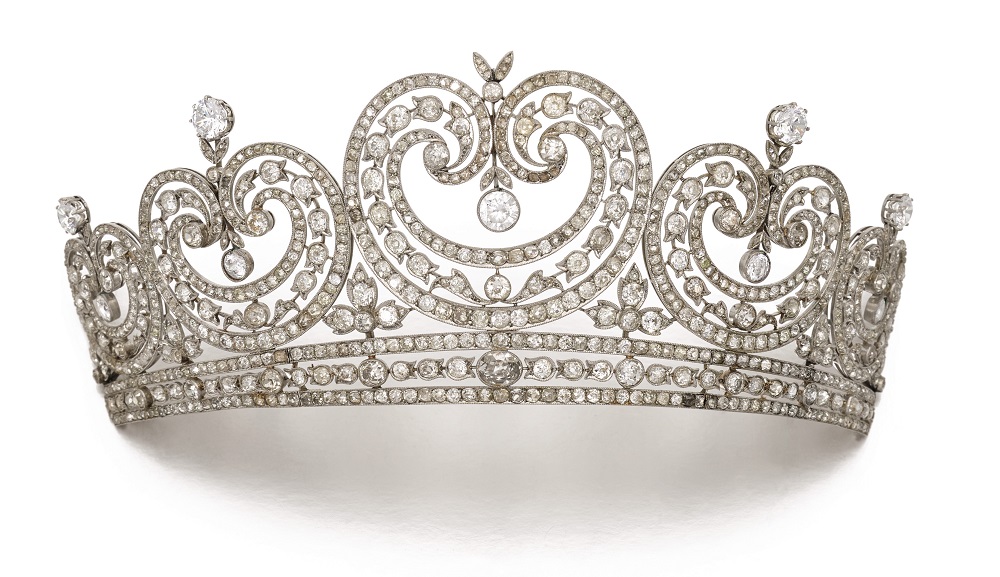
Are we in a new era of brooches? At Christie’s, a late 19th century natural pearl and diamond brooch achieved a hammer price of £90,000, far above its estimate of £20,000-£30,000.
The final lot in the sale, a fine and rare Art Deco coral and diamond jabot pin by Cartier, fetched a hammer price of 1£75,000 pounds, around seven times its estimate.
“The jabot pin was fresh to the market and had an exquisite design,” said Keith Penton, who heads Christie’s London jewellery department.
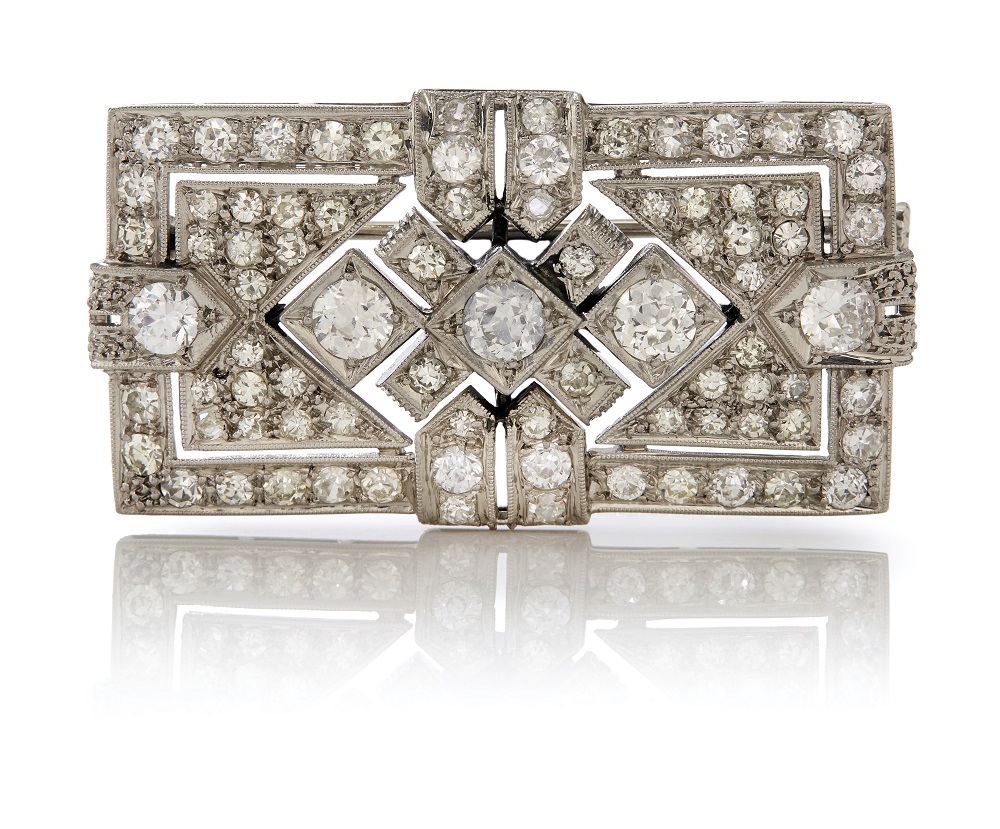
Related Blogs: Geneva Auctions, Royal Weddings and Heirloom Jewels
What are the challenges in the investment market for jewellery? The market for collectable jewellery is far from perfect. Sometimes highly appealing pieces will fail to attract a buyer, and occasionally a collector will pick up a bargain if there is no competition for an item, and no reserve price.
At one recent auction, a sapphire and diamond ring by renowned brand Buccellati, sold for a hammer price of £1,300, well below its estimate of £4,000-£6,000.
IJL is #withyou offering international insights and auction results that reveal the highs, lows and opportunities for growth in our sparkling industry. Find out more about our 2018 exhibitors or contact a member of our team for more information.
Disclaimer: this column should not be seen as advice or a recommendation for investment. Any opinions expressed are those of the author.
Main Image: Lot 14 – Diamond tiara, circa 1905, Sotheby’s

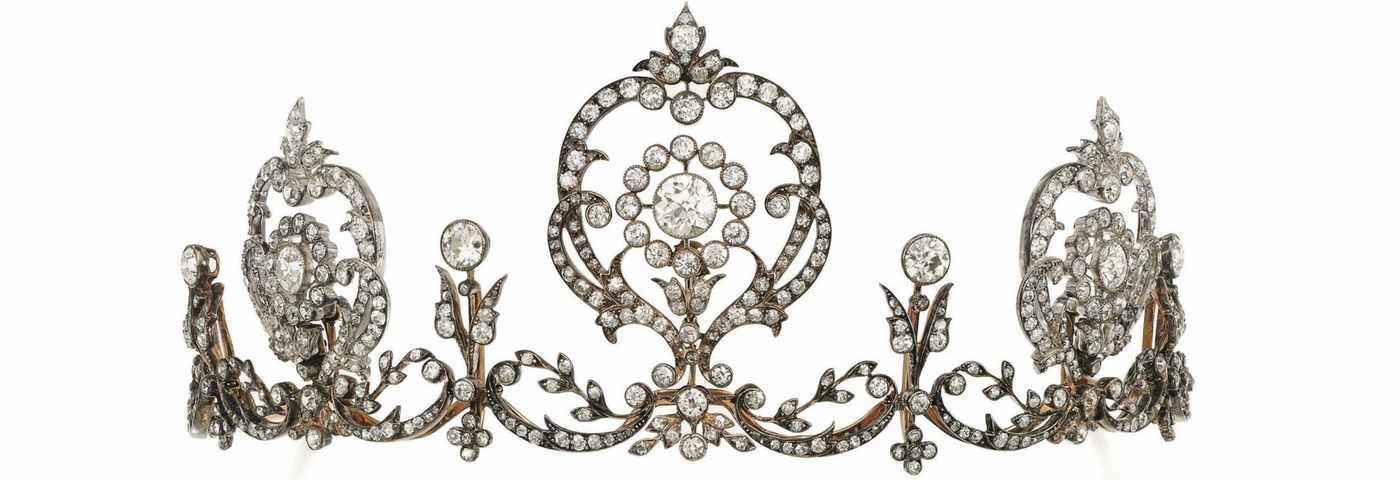
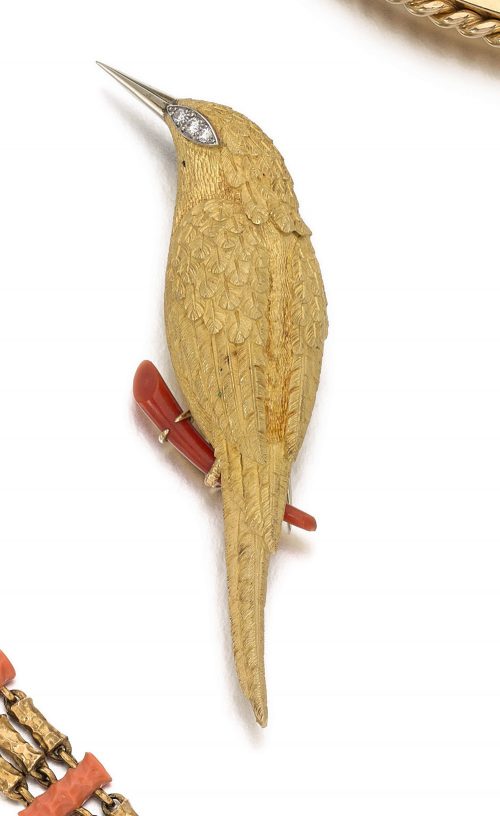
2 comments